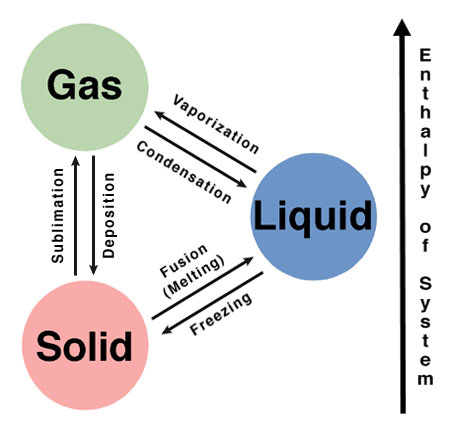Lesson Objectives:
1. Deconstruct and explain the components of a chemical equation.
2. Understand the difference between reactants and products.
3. Explain what state symbols are and how they are used in a chemical equation.
4. Determine how to balance a chemical equation.
4. Solve conservation of mass in chemical equations.
Content Review:
Weebly Links: Particulate Nature of Matter Chemical Reactions
Textbook Readings: Ch 1; p. 3-14
Student Missions:
Mission 1: Breaking it Down, Atomic Style. I will show you some chemical equations and we will deconstruct them. Here are some notes to get you started. Don't worry; we're just tackling the first page.
State symbols are used in chemical equations to denote the physical state of the substances before and after reacting. The BBC has a nice little Bitesize denoting all four state symbols. Be sure you know how to write them and what they mean.
Mission 2: BALANCE, BABY, BALANCE!!! The Law of Conservation of Mass says that mass is always conserved. So what does this mean for chemical reactions? It means adding atoms and ions, of course. We need a worksheet to practice with, so I have provided one.
Mr. Causey is always down for the cause.



 RSS Feed
RSS Feed